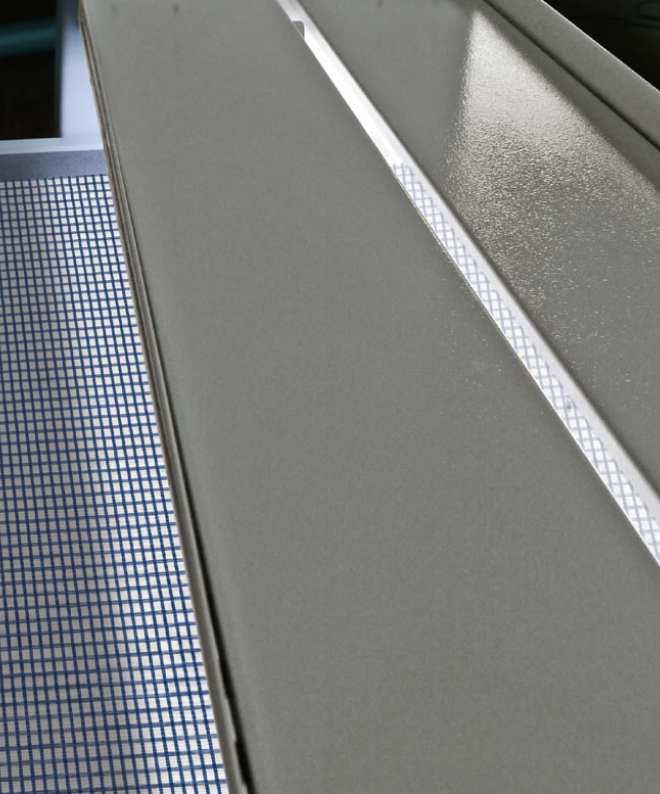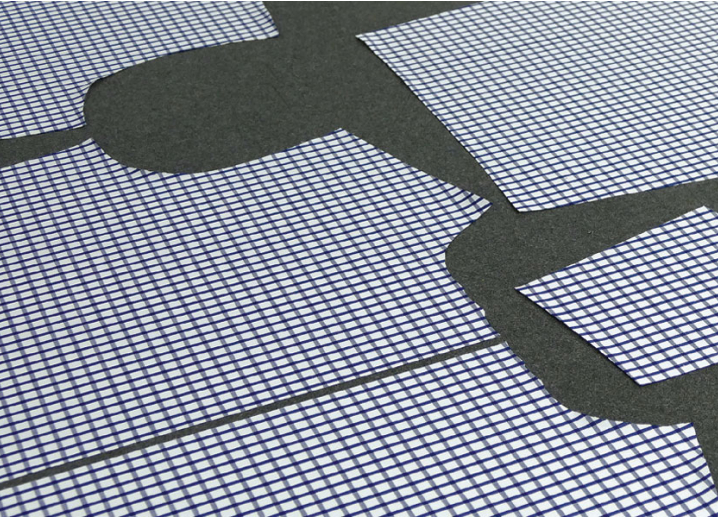
Application
Patterned or motive printed textiles are by far not regular in the cause of a fabric roll. Distortions can run straight line to a curve, the repeat size of pattern varies within the roll. The cut-order (marker) needs imput of the actual course of the pattern with its distortions and irregularities (skew & bow). This happened in the past not automaticly. Not only the visual power of humans judgment was needed by interaction, but also a great expense of technology (hardware/software), often combined with a limitation of matching methods.

Software

Matching of the 3rd generation
Process
The „matching process“ takes place automatically and in parallel to the cutting processes. Thereby ZEBRA reaches maximum productivity in system and user. The entire system can be offered in a launch configuration for individual orders and small series and is also - if required - scalable. Thus ZEBRA can be upgraded to meet capacity requirements afterwards.
The Marker
ZEBRA expects a cut-order (marker) in which the single patters are layout in accordance with an average pattern repeat of the processed fabric so that the ready cuts will fit together to a predetermined appearance in the finished product. The data-transfer (markers) takes place via standardized interface formats (AAMA, ASTM, ISO), which every modern CAD system can provide today. The naming-convention of the orders can - optimally used - automatically configure many system settings already when reading in. For large series ZEBRA offers the possibility to automatically select from a pool of markers with the best patternrepeat approach to the present fabric in use.

The manufacturing process





- Material supply with edge control
- Material is detected automatically when passing the scanner
- Buffer zone: The material image is interpreted, the marker adapted
- Automatic cutting of the pattern aligned marker
- Sorting. Optional: Pick-up can be software supported All sub-processes run parallel in time!
